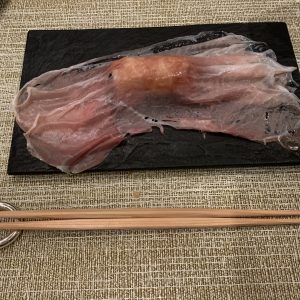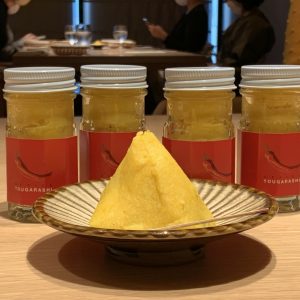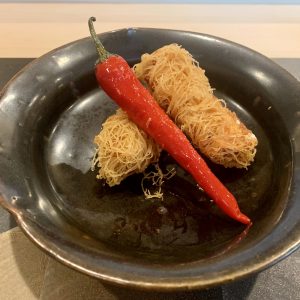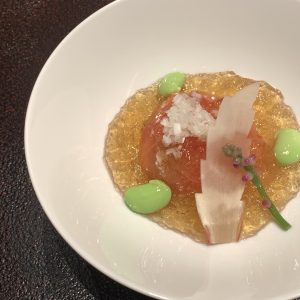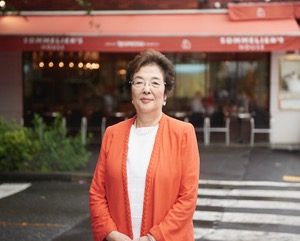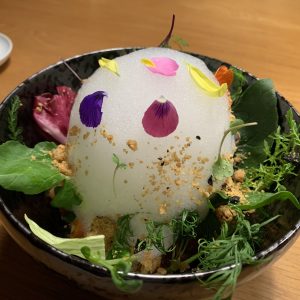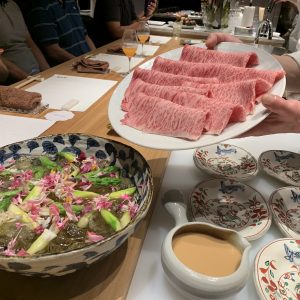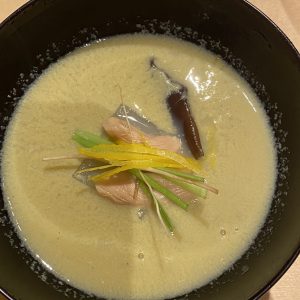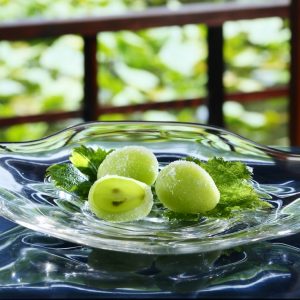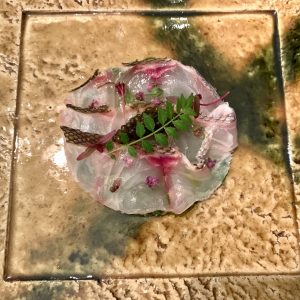Sugalabo – more than just fine dining
A restaurant that calls itself Sugalabo, or “Suga’s lab” in Japanese, may conjure images of beakers full of rainbow-colored liquids and steaming test tubes. And the decor of Suga’s lab – shiny metal accentuated by transparent light bulbs with glowing filaments – does set the mood for futuristic culinary experiments. Whatever experiments may take place there, the restaurant where chef proprietor, Yosuke Suga, and his staff prepare their fare, is a tightly controlled ship. Meticulous attention to detail and careful… Read more »

